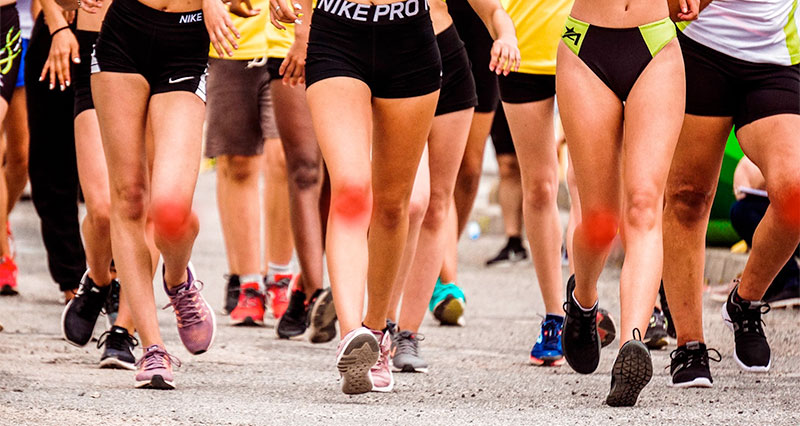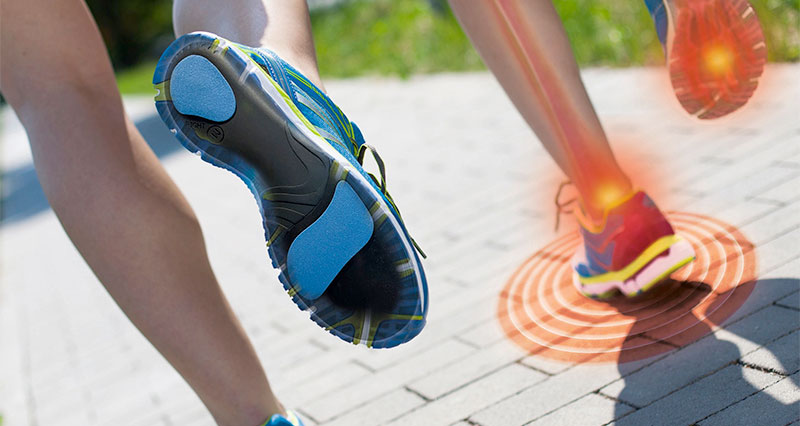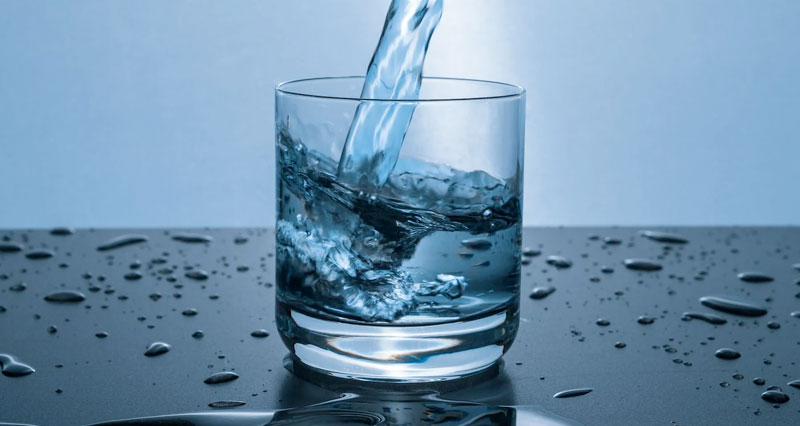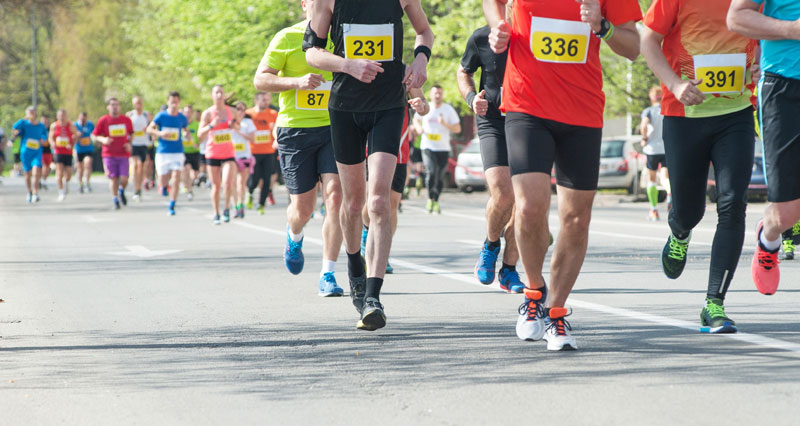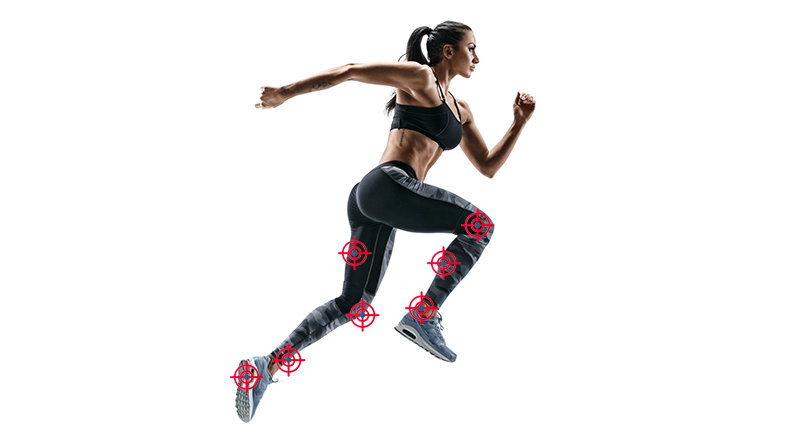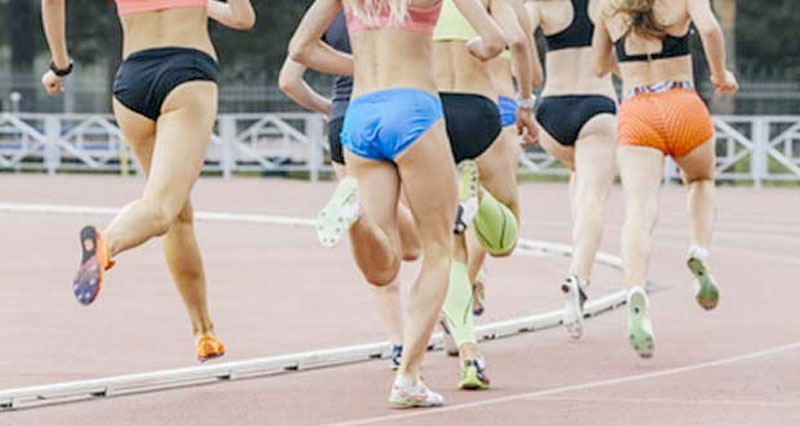Runners spend a lot of time researching the best running shoes, training plans, and recovery methods. However, one often-overlooked piece of gear is running socks. While they may seem like a minor detail, specialist running socks can significantly reduce the risk of common running injuries, improve comfort, and enhance overall performance.
1. Preventing Blisters and Hot Spots with Running Socks
Blisters are a runner’s worst nightmare—painful, annoying, and sometimes severe enough to disrupt training. Standard cotton socks trap moisture and cause friction, making blisters more likely. Specialist running socks are made from moisture-wicking materials like Merino wool or synthetic blends that keep feet dry. Many also have seam-free designs to eliminate pressure points where blisters commonly form.
Some high-performance running socks even feature targeted padding in areas prone to friction, such as the heel and forefoot, reducing irritation and the likelihood of blisters developing during long runs.
2. Reducing Impact and Cushioning High-Stress Areas
Running puts repetitive stress on the feet, which can lead to conditions like stress fractures, heel pain, and plantar fasciitis. Specialist running socks often have extra cushioning in key areas, such as the forefoot and heel, to absorb impact and reduce strain on the bones and soft tissues.
While some runners prefer ultra-thin socks for a more natural feel, others benefit from light compression and padding, especially for long-distance running and trail running, where rough terrain increases foot impact.
3. Supporting the Arch and Preventing Overuse Injuries
Many running injuries stem from poor foot mechanics and lack of support. Specialist running socks often feature built-in arch compression, which helps support the plantar fascia (the band of tissue along the bottom of the foot).
This can help prevent or alleviate plantar fasciitis, Achilles tendonitis, and shin splints, particularly in runners who:
- Have flat feet or high arches
- Run long distances
- Frequently train on hard surfaces like pavement
Arch support socks reduce foot fatigue and promote better alignment, ensuring that pressure is evenly distributed across the foot.
4. Improving Circulation and Reducing Swelling
Compression running socks are popular among marathoners and ultra-runners because they help boost circulation, which improves oxygen delivery to muscles. This not only enhances performance but also helps with recovery by reducing muscle fatigue and swelling.
By promoting faster blood flow, compression socks can help prevent calf cramps, shin splints, and post-run soreness. Many runners also wear them after long runs to speed up recovery.
5. Regulating Temperature and Moisture Control
Running with hot, sweaty feet can cause discomfort, blisters, and fungal infections. Specialist running socks are designed with breathable, temperature-regulating materials, keeping feet cool in the summer and warm in winter.
This is especially important for trail runners, who often encounter wet and muddy conditions. Waterproof or moisture-wicking running socks keep feet dry and prevent rubbing that leads to blisters.
6. Enhancing Stability and Grip
Some running socks come with anti-slip technology or silicone grip zones that prevent feet from sliding around inside the shoe. This improves stability, which is crucial for runners tackling trails, hills, or uneven terrain.
By keeping the foot securely in place, these socks reduce strain on the tendons and ligaments, lowering the risk of ankle sprains and Achilles injuries.
Conclusion
For runners, investing in high-quality running socks is just as important as choosing the right shoes. Specialist running socks prevent blisters, reduce impact, support the arch, improve circulation, regulate moisture, and enhance stability—all of which help reduce injury risk and improve overall running performance.
Whether you’re a casual jogger, a marathoner, or a trail runner, the right socks can make a huge difference in keeping your feet healthy, comfortable, and injury-free.


